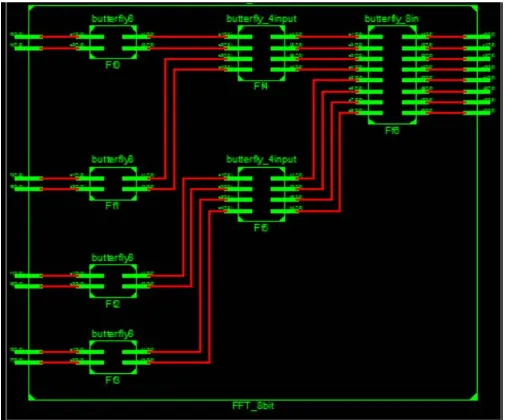Power Efficient Radix-2 DIT FFT using Folding Technique and DKG Reversible Gate
Full text
Figure
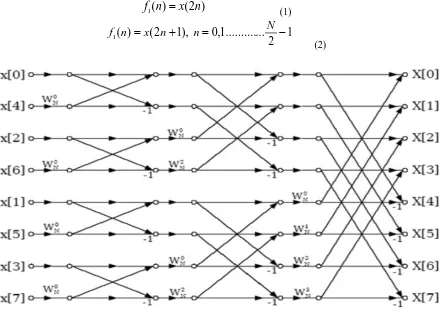
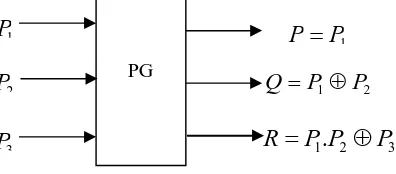
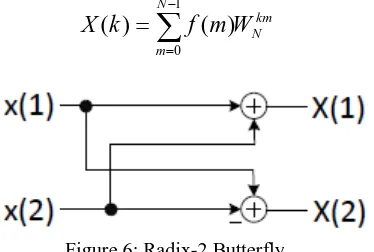
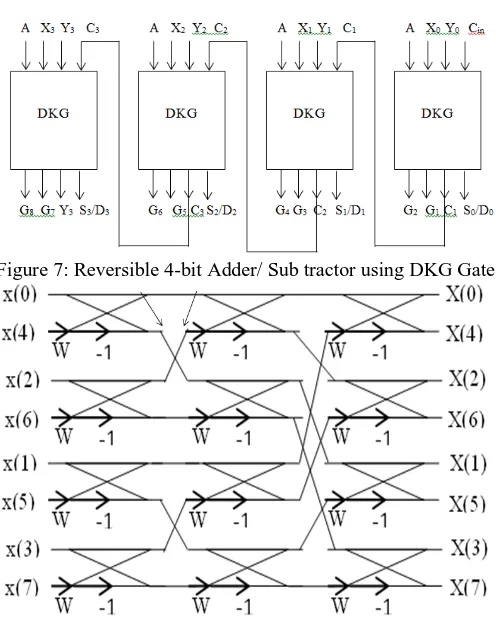
Related documents
BKG half adder shows 84.17% reduction in the power consumption when compared to half adder implemented using Feynman and Fredkin reversible gate.. It also shows a 79.59% and
The Radix-8 Decimation-In-Time and Decimation-In-Frequency Fast Fourier Transform (FFTs) gain their speed by reusing the results of smaller, intermediate
The fast Fourier transform (FFT) is one of the most important algorithms in the field of digital signal processing, used to calculate the discrete Fourier
The proposed method revolves around the design of a Floating point adder architecture using reversible logic. gates such as Fredkin gate (FRG) , Feynman (FG) gates and Peres
The below figure (1) shows the block diagram of fault tolerant reversible gates which is given by Fredkin and Feynman double gate (F2G) with their quantum
area efficient as well as high speed multipliers and adders in Fast Fourier Transform will ensure.. enhanced performance and
The paper proposes efficient MOS implementation for the basic reversible gates namely, Feynman, Toffoli, and Peres gates and employs the proposed circuits in the
After that we replace the reversible parallel adder by modified reversible adder then we compare both the multiplier and compare the terms like garbage outputs, power
